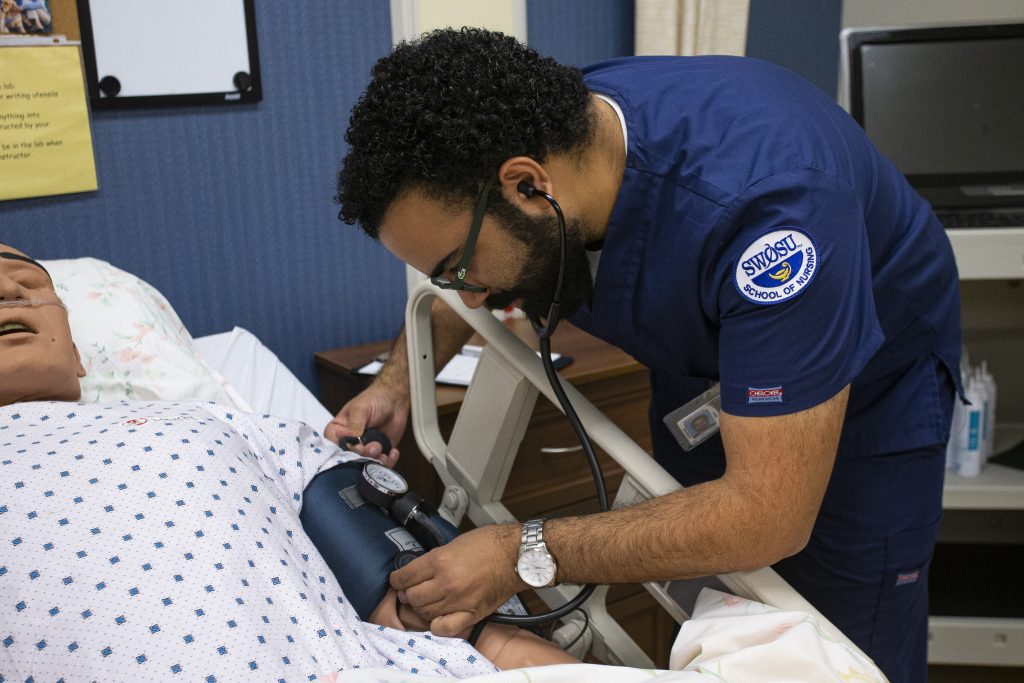Part Two: Post-Secondary Nursing Career Pathways – A Five-Part Series

Author: Tisha Bradford
The next part of this series will focus on the Bachelor of Science in Nursing (BSN) degree. A BSN provides the level of education many employers expect registered nurses (RNs) to have. RNs are currently in high demand, with job growth for RNs predicted to grow by 15% through 2026. While you can work as an RN with an associate degree, nurses with a BSN are typically given more responsibilities, supervisory roles and higher salaries.
BSN programs are a four-year degree that includes liberal arts, general education and nursing-specific courses. With a combination of coursework and on-site clinical training, you’ll learn about scientific areas such as anatomy, biology, and chemistry, as well as specific duties related to patient care, laboratory testing, designing treatment plans and assisting with surgery.
What you can do with this degree
If you haven’t already obtained your RN license after completing an associate degree, earning a BSN will qualify you to sit for the required NCLEX-RN licensing exam. With the aforementioned projected growth, you’re likely to find a wide range of job opportunities with this degree. Although most RNs work in hospitals, there are ample nursing positions available in other settings such as secondary schools, college campuses, public health departments and community clinics.
Earning Potential in Oklahoma
According to Nursing Salary Guide, the average annual salary for RNs in Oklahoma is $61,640. This salary varies across the state depending on location, with the range being from $53,280-63,740.
Resources for BSN
Please return to our blog next week to learn about the Master of Science in Nursing degree.
Citations
All Nursing Schools https://www.allnursingschools.com/bsn/career-paths/
Nursing Salary Guide https://nursesalaryguide.net/nurse-salary-in-oklahoma/
